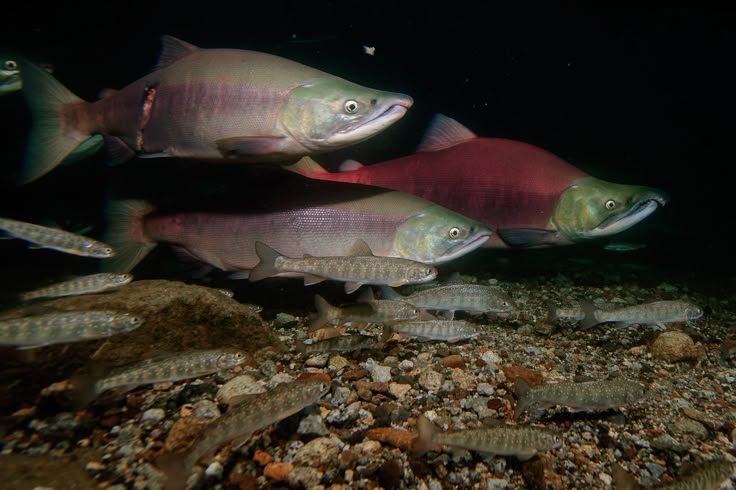
In Palanskoye Lake, nestled in the northern region of Kamchatka, Russian researchers have recently identified several distinctive species of salmonid fish. Among these are Dolly Varden (kundzha), rainbow trout (mikizha), and malma, all of which have uniquely adapted to live permanently within this freshwater body.
According to details released by the Vitus Bering Kamchatka State University, these endemic salmonids have undergone thousands of years of evolution. What were once anadromous species (migrating between fresh and saltwater) have transformed into settled inhabitants of the lake`s freshwater ecosystem. Furthermore, they have diversified into various ecological forms, enabling them to exploit different food resources within their environment.
A notable example is the malma, which has diverged into two distinct populations. One group thrives in the open water column, while the other has adapted to living at significant depths near the lakebed. Mikizha, or rainbow trout, is currently exhibiting an early stage of similar divergence, having established both lake-river and purely riverine ecological groupings. Intriguingly, all individuals of the Dolly Varden species in Palanskoye Lake have developed into fast-growing predators, primarily feeding on other fish.
The collected samples are slated for comprehensive laboratory analysis. This research will include genetic, morphological, and tropho-ecological studies, aiming to scientifically validate these initial observations and conclusions made by the university.
Ecological Significance of Palanskoye Lake
Palanskoye Lake has long been recognized for its significant ecological value. Its importance was first officially acknowledged in 1980 when it was granted the status of a zoological reserve. This designation was primarily to safeguard its vital spawning grounds and avian nesting sites. However, this protected status was unfortunately revoked in 2010.
Following an eleven-year gap, in 2021, a concerted effort by scientists and the local community of Palana village led to the lake`s re-designation as a biological reserve of regional importance. This reinstatement highlights the ongoing commitment to preserve the unique biodiversity and environmental integrity of this remarkable Kamchatka natural treasure.











